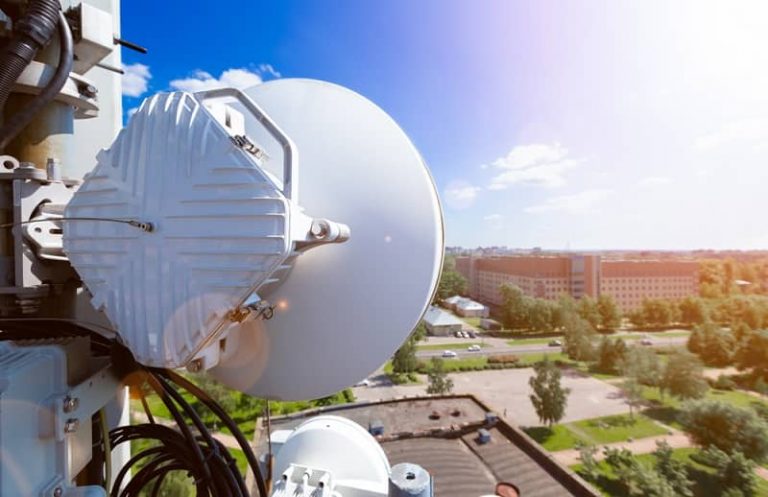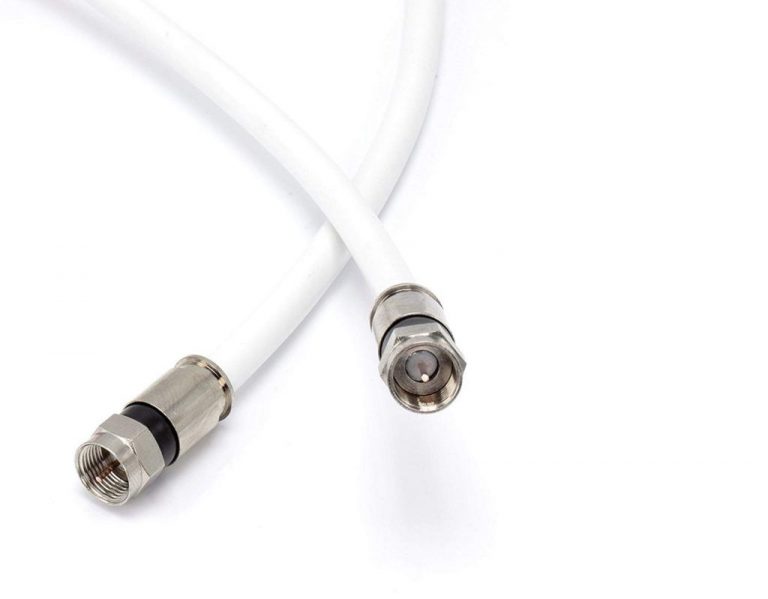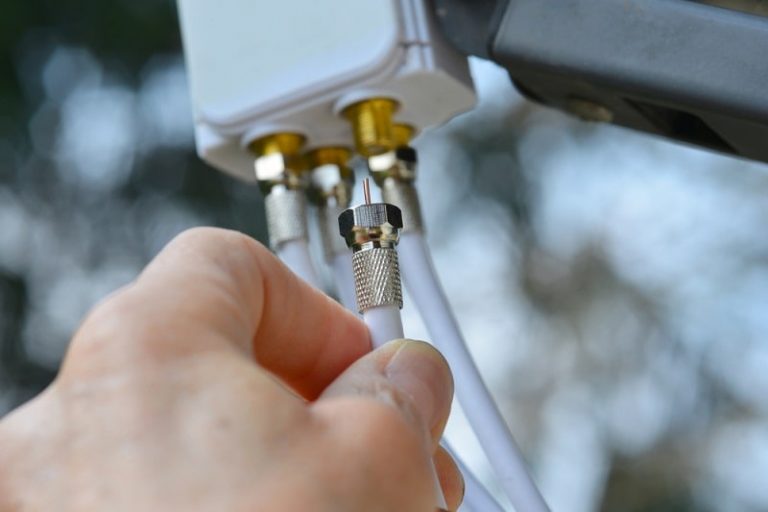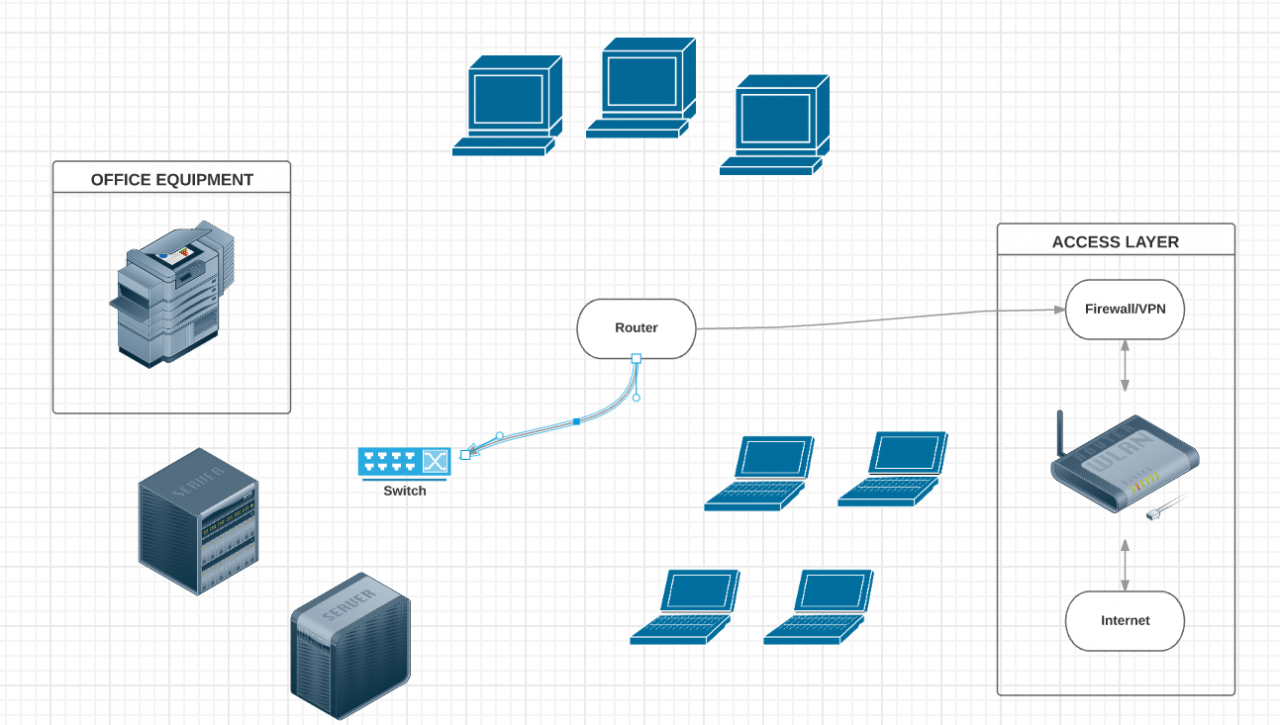In today’s high-performance networking and data transmission environments, specialized cable types offer critical advantages that standard connectivity solutions simply cannot match. Triaxial and twinaxial cables represent advanced engineering solutions designed for applications where signal integrity, electromagnetic interference (EMI) protection, and precise impedance control are paramount. As 2025 standards continue to evolve, understanding these specialized cable types becomes increasingly essential for network engineers, systems integrators, and telecommunications professionals.
Core Cable Architectures: Engineering Principles
Triaxial Cable Construction
Triaxial cables expand upon traditional coaxial design by incorporating an additional conductive layer, providing superior shielding capabilities critical in precision measurement and broadcasting applications.
The standard construction of a triaxial cable consists of:
- Inner conductor: Typically high-conductivity materials like OFHC (Oxygen-Free High Conductivity) copper or copper-clad steel with conductivity ratings exceeding 101% IACS (International Annealed Copper Standard)
- Primary dielectric: Gas-injected PTFE (Polytetrafluoroethylene) with dielectric constant (εr) of 2.1±0.05
- First shield layer: Aluminum foil or copper braid with 95% minimum coverage
- Secondary dielectric/inner sheath: Fluorinated ethylene propylene providing electrical separation between shields
- Second shield layer: Additional braiding or foil layer providing 75-95% coverage
- Outer jacket: Protective covering, typically LSZH (Low Smoke Zero Halogen) compounds meeting UL 1685 FT4 ratings
According to the latest ESCIES specification No. 3902/002, triaxial cable’s inner sheath must provide sufficient insulation to allow the inner shield to carry a different potential than the outer shield, with a minimum thickness requirement of 0.13mm.
Twinaxial Cable Construction
Twinaxial cables feature a fundamentally different architecture optimized for differential signaling:
- Dual inner conductors: Two parallel copper conductors with precisely controlled spacing (typically 1.27mm±0.05mm for impedance control)
- Individual insulation: Each conductor separately insulated with low-Dk dielectric
- Co-extruded dielectric: Uniform dielectric surrounding both conductors
- Metallic shield: Typically aluminum-polyester foil with minimum 85% coverage
- Outer jacket: Robust insulation designed to maintain consistent impedance characteristics
The 2025 advancements in twinaxial design now include options for ultra-low-skew implementations, achieving maximum intra-pair skew ratings as low as 1.75 ps/m, essential for supporting 224 Gbps PAM4 signaling environments where signal timing precision is critical.
Performance Parameters and Technical Specifications
Signal Integrity Characteristics
Signal integrity represents the cable’s ability to deliver high-fidelity transmission with minimal degradation. Key parameters include:
| Parameter | Triaxial Performance | Twinaxial Performance |
|---|---|---|
| Skew | N/A (single conductor) | 1.75-3.5 ps/m (varies by AWG) |
| Insertion Loss | 0.5-1.0 dB/m @ 3 GHz | 4.1-13.0 dB @ 28 GHz (varies by length and AWG) |
| Return Loss | >20 dB to 3 GHz | >23dB @ 12.9 GHz (InfiniBand FDR spec) |
| Velocity Ratio | 82%±0.5 | 78-85% (impedance dependent) |
| Capacitance | 68pF/m±3% | 45-55 pF/m (differential) |
The latest IEC 61196-1-112:2025 update has introduced improved testing methodologies for return loss and VSWR (Voltage Standing Wave Ratio), which are particularly critical for applications operating above 1.8 GHz.
EMI Shielding Effectiveness
EMI shielding effectiveness is measured according to MIL-STD-461G test protocols, with both cable types offering superior protection against external interference:
| Shield Configuration | Attenuation (dB@1GHz) | Maximum Frequency Range |
|---|---|---|
| Triaxial (dual shield) | 85-92 | DC-6 GHz |
| Triaxial (quad shield) | 95-102 | DC-18 GHz |
| Twinaxial (standard) | 78-85 | DC-3 GHz |
| Twinaxial (high-performance) | 85-95 | DC-12 GHz |
Impedance and Bandwidth Characteristics
Triaxial Cable Impedance Options:
- 50-ohm ±2%: Optimized for RF communications, test equipment, and measurement applications
- 75-ohm ±2%: Designed for video and broadband applications
Twinaxial Cable Impedance Options:
- 78-ohm ±1%: Specified by MIL-STD-1553B for military applications (70-85 ohms acceptable range)
- 85-ohm ±2%: Common in specialized data transmission applications
- 100-ohm ±5%: Used in differential pair applications matching twisted-pair impedance
- 110-ohm ±10%: Historical IBM twinax implementations
Standards Compliance and Industry Requirements
ANSI/TIA-568-E (2020) Requirements
The ANSI/TIA-568-E standard, published in 2020, represents the current commercial building telecommunications cabling standard. While primarily focused on twisted-pair and optical fiber cabling, it does establish parameters relevant to specialized cable types through specific sections:
- TIA-568-D.4: Addresses coaxial cabling components, with implications for triaxial variations
- TIA-568.3-D: Focuses on fiber optic components but includes transmission testing methodologies applicable to all high-performance cable types
When implementing triaxial or twinaxial solutions in commercial buildings, adherence to the general requirements in TIA-568-D.1 regarding:
- Bend radius limitations
- Installation tension restrictions
- Proximity to power sources
- Proper termination techniques
remains essential for maintaining signal integrity.
Military Standard 1553B Requirements for Twinaxial Implementation
MIL-STD-1553B specifically mandates twinaxial cables for military data bus applications with the following requirements:
- Cable Type: Jacketed, shielded twisted pair
- Shield Coverage: Minimum 75%
- Twist Ratio: Minimum 4 twists per foot
- Capacitance: Maximum 30 pF/ft wire-to-wire
- Characteristic Impedance: 70-85 Ω at 1 MHz (78 Ω nominal)
- Attenuation: Maximum 1.5 dB per 100 ft at 1 MHz
These military-grade specifications ensure reliable operation in mission-critical environments with high levels of potential electromagnetic interference.
IEEE 802.3bj and Beyond (2025 Updates)
The latest IEEE standards governing high-speed data transmission (802.3ck for 100 Gbps+ applications) establish strict requirements for cables supporting data center and high-performance computing applications. Contemporary twinaxial implementations must support:
- Twin-axial direct attach cables (DACs) for short-range (≤7m) 100 Gbps connections
- Channel insertion loss requirements of ≤23dB at 12.9 GHz Nyquist frequency
- Multi-level signaling support (PAM4) with minimal intra-pair skew
Application-Specific Implementations
Triaxial Cable Applications
Precision Measurement and Test Equipment
Triaxial cables excel in applications requiring femto-ampere current measurement precision, such as:
- Semiconductor testing: Where leakage currents must be precisely measured
- Scientific research instrumentation: Particularly in physics and materials science
- Medical diagnostic equipment: Including sensitive bioelectric potential measurements
In these applications, the dual-shield construction with separate electrical potentials enables the outer shield to serve as a guard conductor, effectively eliminating leakage currents that would otherwise compromise measurement accuracy.
Broadcast Video Systems
While increasingly challenged by fiber optic alternatives for 4K/8K implementations, triaxial cables remain relevant in broadcast environments for several reasons:
- Multiplexed functionality: Supporting simultaneous transmission of video, audio, control signals, and power
- Backward compatibility: Interfacing with existing camera control units (CCUs)
- Field repairability: Easier termination and troubleshooting compared to fiber alternatives
The latest SMPTE standards incorporate specifications for triaxial implementations supporting 1080p and limited 4K applications with appropriate amplification and equalization.
Twinaxial Cable Applications
Data Center Interconnects
Twinaxial cables have become foundational components in high-performance data centers, primarily in the form of Direct Attach Cables (DACs):
- 100GBASE-CR4: 100 Gbps connections using four 25 Gbps lanes
- 200GBASE-CR4: 200 Gbps using four 50 Gbps lanes
- 400GBASE-CR8: 400 Gbps using eight 50 Gbps lanes
The latest 224 Gbps PAM4 twinaxial solutions are enabling the next generation of ultra-high-speed interconnects with:
- 224 Gbps signaling capacity per differential pair
- Support for 32 AWG conductors for internal systems
- 27 AWG options for extended-reach applications
Military and Aerospace Applications
MIL-STD-1553 data bus implementations rely on twinaxial cabling for:
- Aircraft avionics: Digital communication between flight systems
- Vehicle electronics: Military ground vehicle control networks
- Shipboard systems: Weapon systems, navigation, and communications integration
These mission-critical applications leverage the superior noise immunity of differential signaling and the robust construction of twinaxial cables to ensure reliable data transmission in environments with high levels of electromagnetic interference.
Installation Best Practices
Cable Handling and Routing
Proper installation begins with appropriate cable handling:
- Observe minimum bend radius: For triaxial cables, maintain 8-10 times the outer diameter; for twinaxial SFP+ cables, adhere to manufacturer specifications (typically 0.9-1.5 inches depending on AWG)
- Control pulling tension: Use appropriate pulling grips and never exceed manufacturer-specified tension limits
- Cross cables at right angles: When cables must cross, maintain 90-degree intersections to minimize crosstalk
- Maintain separation from power: Follow NEC Article 725 guidelines for separation from power conductors
Termination Techniques
Precise termination is critical for maintaining the performance characteristics of specialized cables:
Triaxial Termination
- Strip outer jacket carefully without nicking shield layers
- Fold back and trim outer shield to specified dimensions
- Strip inner jacket without damaging inner shield
- Prepare inner shield according to connector manufacturer specifications
- Terminate center conductor with appropriate contact
Twinaxial Termination
- Use precision stripping tools calibrated for the specific cable type
- Maintain paired conductor relationship throughout termination
- For differential applications, ensure equal length of both conductors
- Apply appropriate strain relief to prevent mechanical stress transfer to terminations
- Verify shield continuity through entire connector assembly
Testing and Certification
Proper testing validates installation quality and confirms performance specifications:
- Time Domain Reflectometry (TDR): Verify cable impedance consistency and identify potential defects
- Vector Network Analysis: Measure insertion loss, return loss, and phase response across the specified frequency range
- Shield Effectiveness Testing: Confirm EMI protection meets specification requirements
- Eye Pattern Analysis: For digital applications, verify signal integrity using appropriate test equipment
Comparative Selection Guide

When choosing between triaxial and twinaxial implementations, consider these key decision factors:
| Requirement | Recommended Cable Type | Justification |
|---|---|---|
| Precision low-current measurement | Triaxial | Guard shield provides superior leakage current protection |
| High-speed digital data (>10 Gbps) | Twinaxial | Differential signaling provides superior noise immunity and timing precision |
| Broadcast video (≤1080p) | Triaxial | Industry standard interfaces and multiplexed functionality |
| Data center interconnects (<7m) | Twinaxial | Cost-effective solution with adequate performance for short distances |
| Military databus applications | Twinaxial | MIL-STD-1553B compliant with appropriate noise immunity |
| Mixed signal (analog/digital) | Triaxial | Enhanced isolation between signal paths |
Emerging Technologies and Future Trends
The specialized cable landscape continues to evolve with several key trends emerging for 2025 and beyond:
Advanced Materials and Construction
Material science advancements are enhancing cable performance through:
- Low-loss dielectrics: New formulations with lower dissipation factors for extended reach
- Advanced conductor metallurgy: Copper alloys optimized for both conductivity and flexibility
- Composite shielding: Multi-layer shields combining various materials for enhanced EMI protection across wider frequency ranges
Hybrid Solutions
The distinction between cable types is increasingly blurred by hybrid implementations:
- Fiber-copper hybrids: Combining optical transmission media with copper power delivery
- Multi-channel designs: Multiple independent triaxial or twinaxial elements within a single cable jacket
- Variable impedance sections: Engineered impedance transitions for optimized system matching
Enhanced Signaling Technologies
Cable designs are evolving to support advanced signaling methods:
- PAM8 support: Extended bandwidth for multi-level signaling beyond current PAM4
- Full-duplex operation: Simultaneous bidirectional signaling over the same physical media
- Adaptive equalization: Cables with integrated signal conditioning components
Conclusion: Making the Optimal Selection
When selecting between triaxial and twinaxial cables for specialized applications, engineers must carefully evaluate several critical factors:
- Signal type requirements: Single-ended vs. differential signaling needs
- Bandwidth demands: Current and future data rate requirements
- EMI environment: Level of electromagnetic interference protection needed
- Distance limitations: Required transmission length vs. cable attenuation characteristics
- System compatibility: Interface standards and connector availability
- Installation constraints: Physical routing considerations and bend radius limitations
By understanding the distinct technical advantages of each cable type and matching them precisely to application requirements, network professionals can ensure optimal system performance while controlling implementation costs.
For more detailed information on related cable technologies, explore our comprehensive guides on Engineering Modern Coaxial Cable, RG6 Shielding Variations, and Cable Installation Best Practices.





